Feature 10 min read
Brief impressions
We always find the annual SMMT Test Days, held to provide motoring scribes with the opportunity to test drive a variety of new models, very useful. Here’s our pick of the EVs, hybrids and PHEVs that we drove at the Hampshire-based autumn event.
What is it?
The Society of Motor Manufacturers and Traders (SMMT) is one of the largest and most influential trade associations in the UK, representing the automotive industry through the membership of companies involved in design, concept, manufacture, sale, aftersale, disposal and recycling of vehicles, components and accessories.
Every year it organises a regional event in the North and South, whereby journalists have the opportunity to test drive and compare some of the latest models all in one place. At this year’s Test Day South it had arranged more than 53 models from 28 brands, and luckily for us the selection included more cleaner, efficient vehicles than ever before. As we move ever closer to Britain’s commitment to ban all new petrol and diesel cars from 2040, we’re reporting on new hybrids, plug-in hybrids and EVs almost on a daily basis.
This year’s SMMT South event happened on a very wet day in October, and we popped along to sample some of the most relevant vehicles to Discover EV. Here is what we managed to test drive – albeit for 30 short minutes with some corresponding thoughts. We hope to bring you a more thorough review of all these cars in due course.
Mercedes-Benz EQC 400 4MATIC AMG Line
We’ve been waiting a while to get behind the wheel of Mercedes’ first all-electric passenger car, so while brief we certainly appreciated the opportunity at SMMT Test Day South – especially after we’re told that Discover EV is unable to have a press loan until at least the New Year due to demand.
So, what did we gather from our test drive of the mid-sized five-seater SUV? It’s very quick – in fact with a combined 408hp and 561lb-ft it takes 5.2 seconds to reach 62mph – that’s half a second quicker than the Audi e-tron but 0.4 seconds slower than the Jaguar I-PACE. It rides extremely well –comfy, smooth and eerily quiet (contrary to popular opinion not all electric cars are silent). It’s poised and tidy through the corners, with little body roll.
With up to 259 miles of range (on the WLTP cycle) it’s more on a par with its German rival (beating it by 18 miles but 33 miles short of its UK competitor). Obviously we were unable to test this out with just a 30 minute test drive. Just like the e-tron you adapt the strength of the regen braking via the steering wheel paddles through five settings, but unlike the four-ringed variant on its harshest setting you can almost drive without using the brake at all.
The interior is spacious and what we’d describe as bling (think typical AMG specific refinements) but still a very nice place to be. In comparison its exterior design is very unlike Mercedes, but then it is the first of many EQ-branded models so it has to set the tone for cars to come.
Priced at £71,110 it costs almost the same as the e-tron, which is over £10k more than the I-PACE but £11,645 cheaper than the Tesla Model X Long Range, but then it does 0-60 in 4.4 seconds and has a 315 miles range. We can’t wait to have one in for a week.
Honda CR-V Hybrid EX – AWD CVT
Introduced in 1995, the Honda CR-V has gone on to become the world’s best-selling SUV. This latest evolution has enhanced and unique characteristics and adds its first hybrid to the line-up. The 2019 Hybrid utilises the standard car’s fresh design – the broader wheel arches and sharper contours on the bonnet and rear three-quarters as well as the latest signature headlight graphic – but just adds subtle Hybrid badging.
Inside, it’s benefitted from additional sound proofing to help muffle the noise of the powertrain – talking of which the 2.0-litre CVT engine works in conjunction with two electric motors ; one propulsion, and one generator motor. Claimed MPG on the NEDC cycle is 51.4 which seemed easy to achieve in the short time we had it.
Disappointingly, it feels pretty sluggish (107hp and 162lb-ft of torque) and takes 9.2 seconds to reach 62mph – and there doesn’t seem to be any huge difference between Sport and Eco mode. It does hold on in the corners although body roll is certainly noticeable and the steering feels pretty vague but then typical CRV customers probably aren’t looking for hot hatch handling.
We tested the four-wheel drive model (two-wheel is available) in top EX trim, which costs £37,305 and is too overpriced to endorse unless you want all of the options it brings you. Overall the Honda CR-V Hybrid is smart-looking and plush inside, comfortable, well-equipped and spacious
Lexus UX250h F Sport
Unlike mild hybrids the Lexus UX250h F Sport is designed to run on power from its 2.0-litre petrol engine and electric motor, but also run on electric power alone – so activate the EV mode button and the car can be driven at low speeds and over short distances with zero emissions. You can also hold the charge.
The best thing about the Lexus UX is how capable the chassis is. It’s not necessarily the quickest hybrid we’ve driven with 181hp taking it to 62mph from zero in 8.1 seconds but it didn’t make it any less fun. It steers into corners nicely – feeling very balanced and precise. While the CVT transmission works well, sadly the brakes feel a little inconsistent and lack progression.
It’s packed with safety and handling aids, as well as comfort and convenience features, and comes in at just under £34,000. Inside it feels smart yet sporty, making use of premium materials. It was strange to find the knobs for the driving modes and traction on top of the dash either side of the instrument panel, not the easiest of places to reach. Unlike other motoring hacks I actually found the infotainment system fairly intuitive and I liked the mouse-like touch pad to navigate around the functions.
It is a little noisy at high revs and its looks may polarise opinions, but other than that we had no complaints – even flooring it hard we were getting MPG in the mid-forties and with Lexus quoting up to 53.2MPG (on the WLTP cycle), unlike so many other manufacturers the quoted economy figures are realistic.
Toyota RAV4 Excel 2.5 Hybrid AWD
The RAV4’s full hybrid system combines a Lexus-derived 2.5-litre Atkinson cycle petrol engine with two electric motors (105kW at the front, 50kW at the rear) to produce 219hp in total and Toyota’s four-wheel drive system (a front‑wheel drive version is available but with just one motor).
While it’s a heavier car thanks to increased engine capacity the RAV4 shares the same 0-62mph sprint time of 8.1 seconds as the sportier Lexus UX. Fuel consumption is quoted at 47-8 to 48.7 (on the WLTP cycle) and we were seeing the lower end of that range and not hanging about. That’s pretty amazing for an SUV. Again the whirring’s and whining’s of the engine and the CVT transmission as the revs rise and fall is slightly annoying.
Inside it feels utilitarian with all the plastic matting, but the leather-like finish on the lower parts of the dash add a quality feel at least. Outside it’s the sharpest and most dynamic-looking RAV4 for a couple of generations.
It feels fairly ordinary to drive, there’s a degree of body roll in the corners as you’d expect for a large SUV but it feels sure-footed on the twisty B-roads with plenty of grip, and it does a nice job of absorbing the lumps. The steering is light which lent itself well to driving round the nearby town.
In Excel trim its well-equipped but pricey at £36,155, I suspect most will be tempted by the sub £30k Business Edition Plus Hybrid.
LEVC TX e-City
This is the world’s first purpose-built electric taxi and you may have seen the new TX from the London EV Company (LEVC) driving round London and other major cities, with 3000 sold in the UK and Europe since its launch in early 2018. As a result of that LEVC claim that they have prevented 6800 tonnes of CO2 from entering the atmosphere and saved 850,000 litres of fuel.
Having never driven a cab before I can’t really compare it to anything but what I will say is that you sit very high up, and when you look in your rear view mirror you’re surprised not to find any passengers in the back (where there’s space for six of them!). It’s all a bit ‘wipe clean’ everywhere but there’s air-conditioning, a panoramic roof, on-board wi-fi and charging points for mobile phones and laptops.
It has an amazing turning circle – which must be very handy for city driving– and that’s because the front wheels turn to 63 degrees vs 38 degrees in a typical SUV. Saying that the TX makes a typical SUV feel sporty but it’s quiet, smooth and easy to drive, and that’s all you want from a cab I should imagine. It’s not fast either – but again irrelevant for its intended use – restricted (thanks to TfL) to 80mph and has 150hp and 188lb-ft of torque.
It Pure EV mode you get 80 miles, but you also have the flexibility of a total electrically driven range of 377 miles – made possible thanks to the on-board range-extender (1.5-litre three-cylinder petrol engine). That means for the vast majority of a cabbie’s shift, they’ll be using electric power, with the engine kicking in occasionally to extend the range (like the BMW i3) when in Smart mode. It has plug-in points for both CCS- and CHAdeMO-style chargers either side of the front grille and the batteries can be topped up to 80 per cent capacity in 25 minutes.
The TX comes with three levels of energy recovery modes. The first one seems to do nothing while the last one almost negates the need for braking – the middle one offers the best for regeneration and coasting.
There’s a nice little back story to this as well. The guy who bought it really wanted an iconic British brand – he couldn’t afford Rolls-Royce, so instead he settled for LEVC. Its parent company is Geely – whose brands include Volvo Car, Polestar, and Lotus, to name a few, but it’s still built in the UK.
If there are any taxi drivers reading this you may want to know that LEVC predict you’ll save £100 a week in the TX with service intervals jumping from 12,000 to 25,000. Combined fuel economy is 282.5 mpg and if the range extender is in use it has CO2 emissions of 29g/km.
The battery is covered by a five year, unlimited mileage warranty. Its £55,000 price tag is pretty strong but the monthly payments are reasonable at £193 per week.



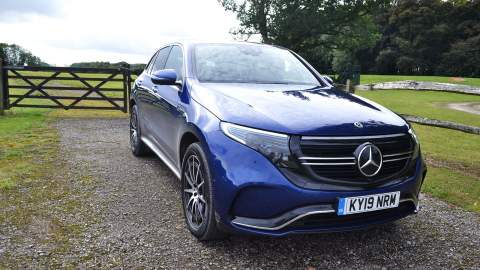
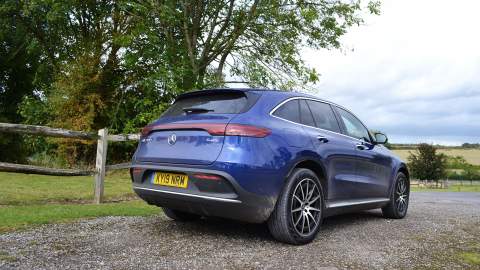
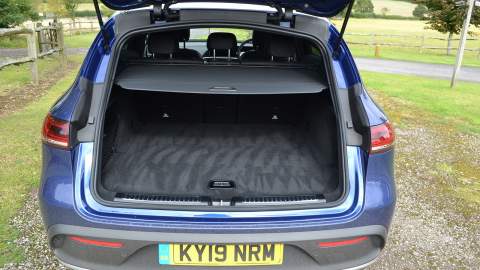

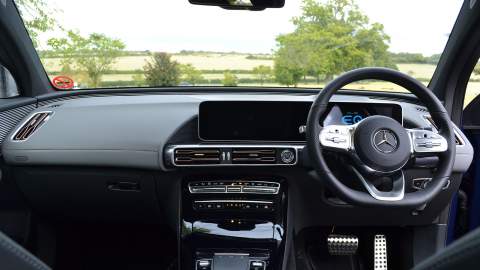

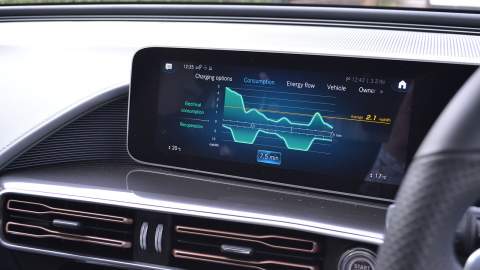
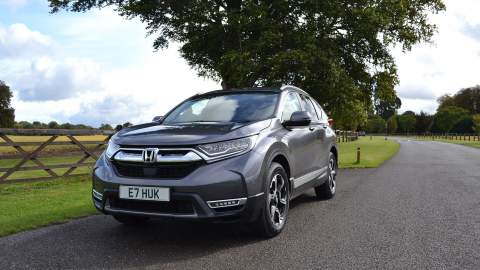
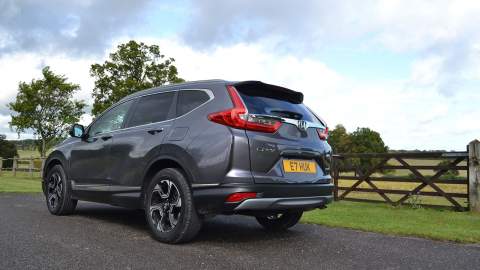

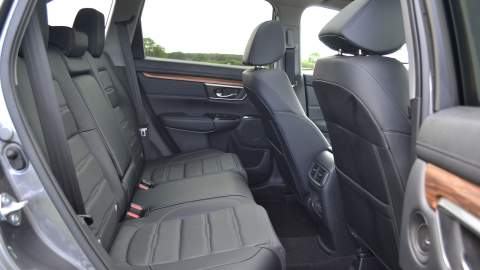

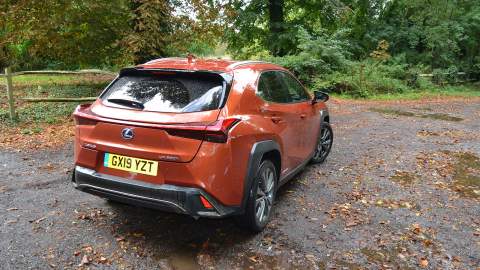
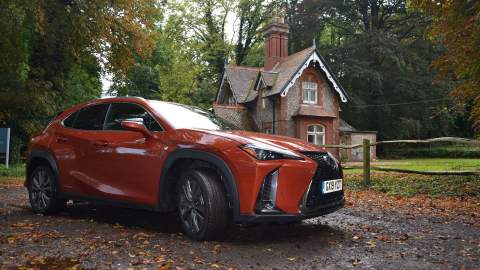
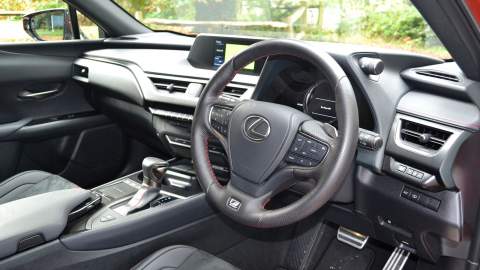

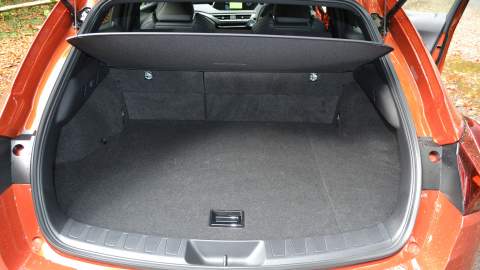

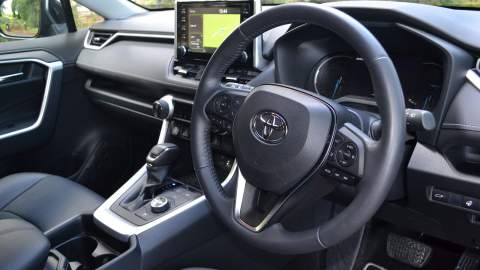
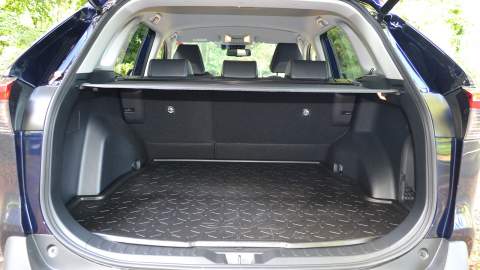
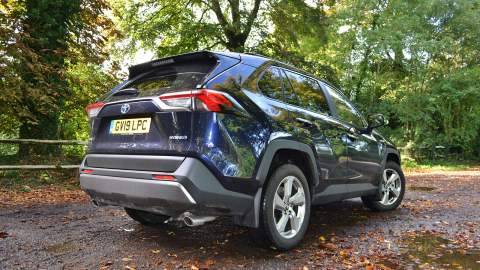

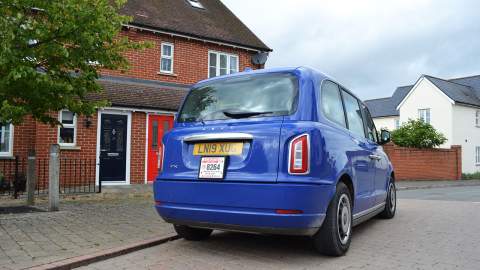
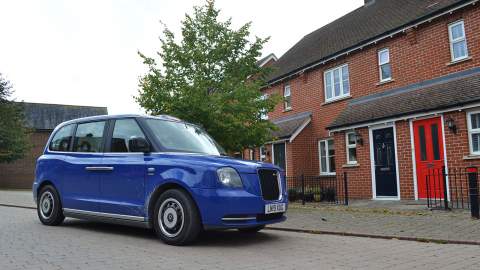
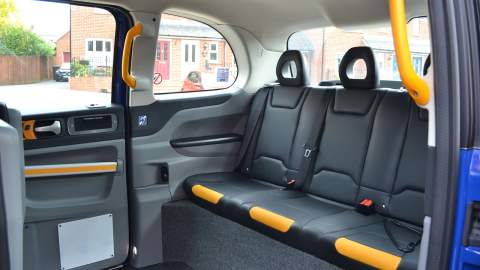

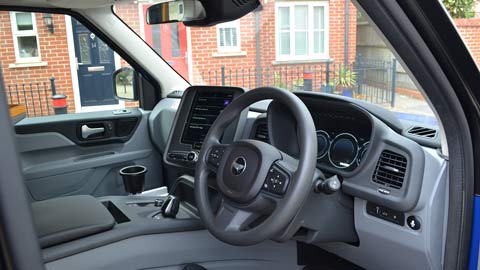
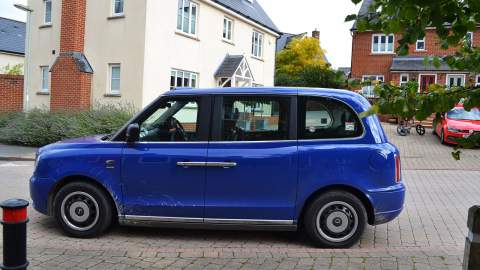


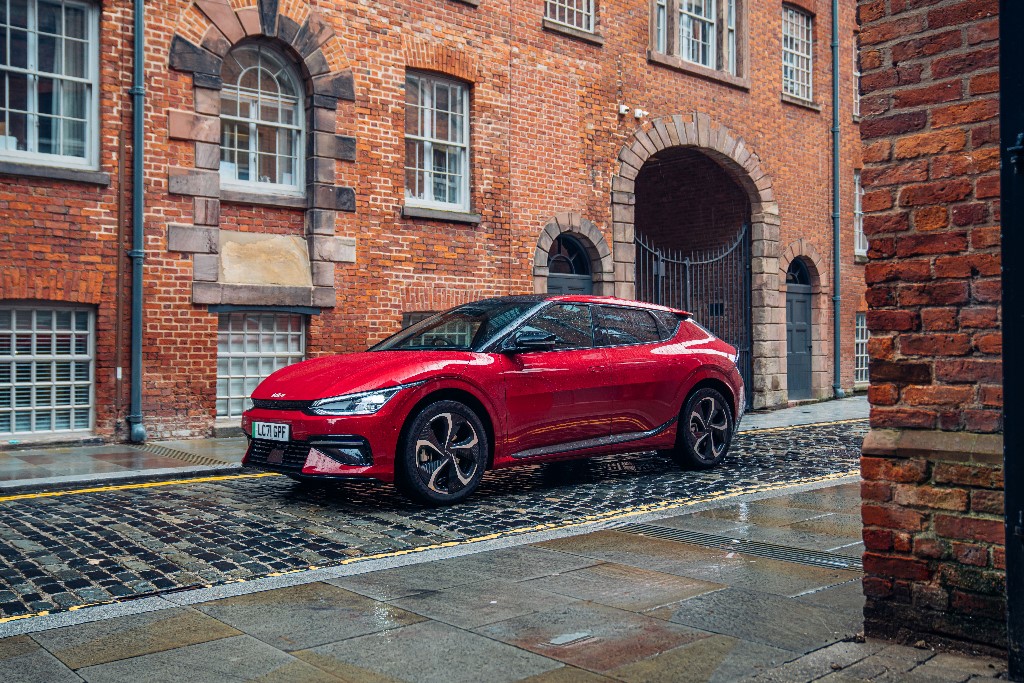
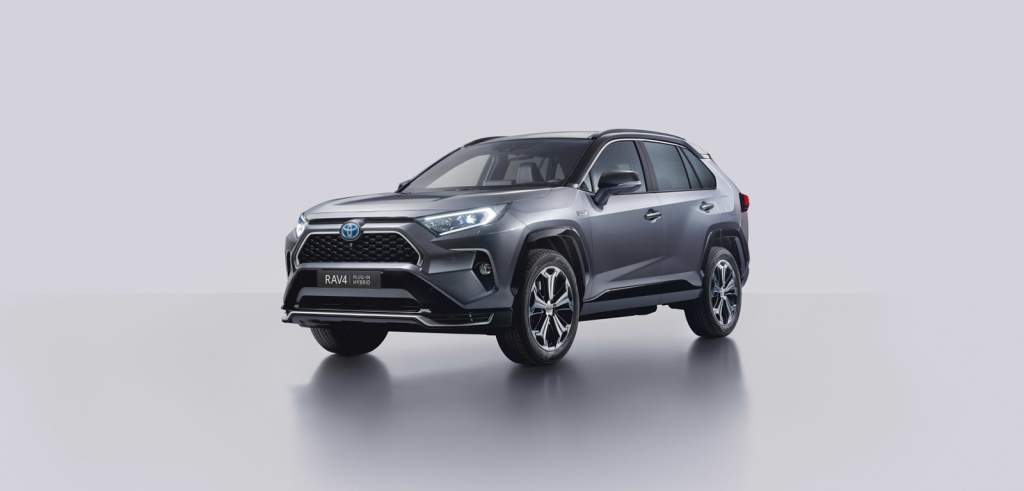
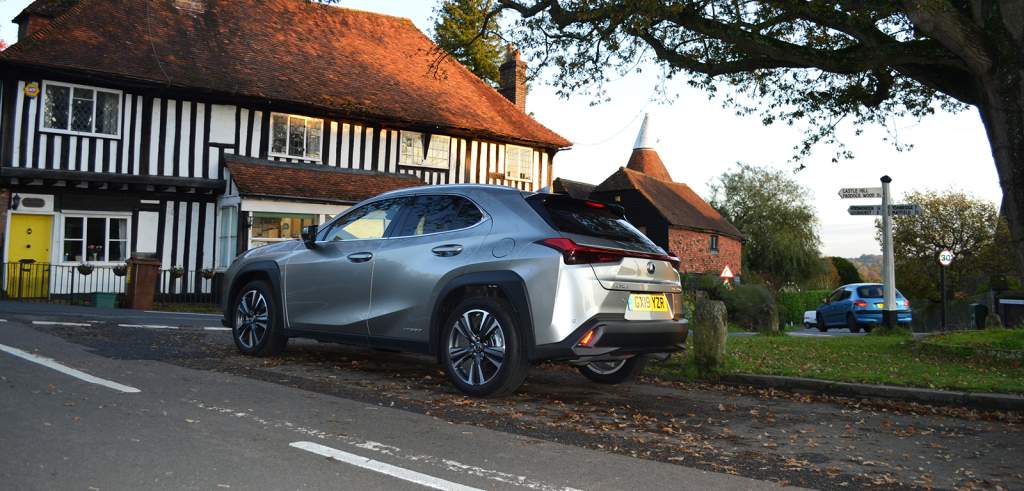
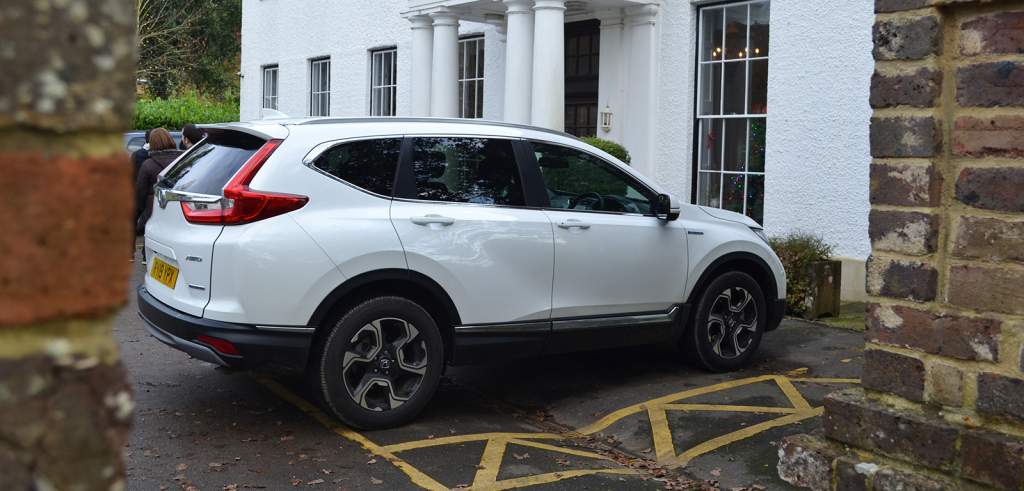

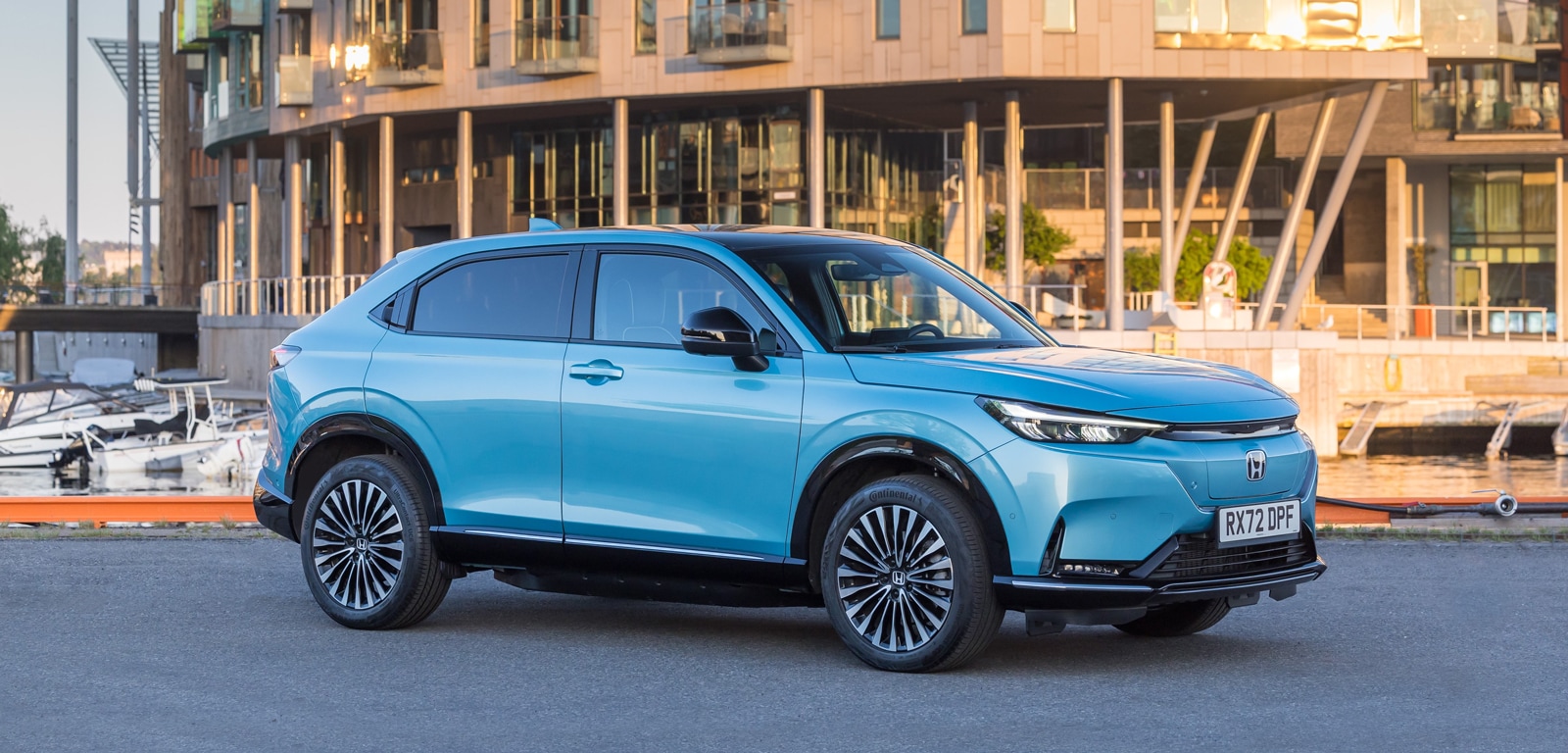

Comments (0)
Be the first to write a comment
Login/ Signup